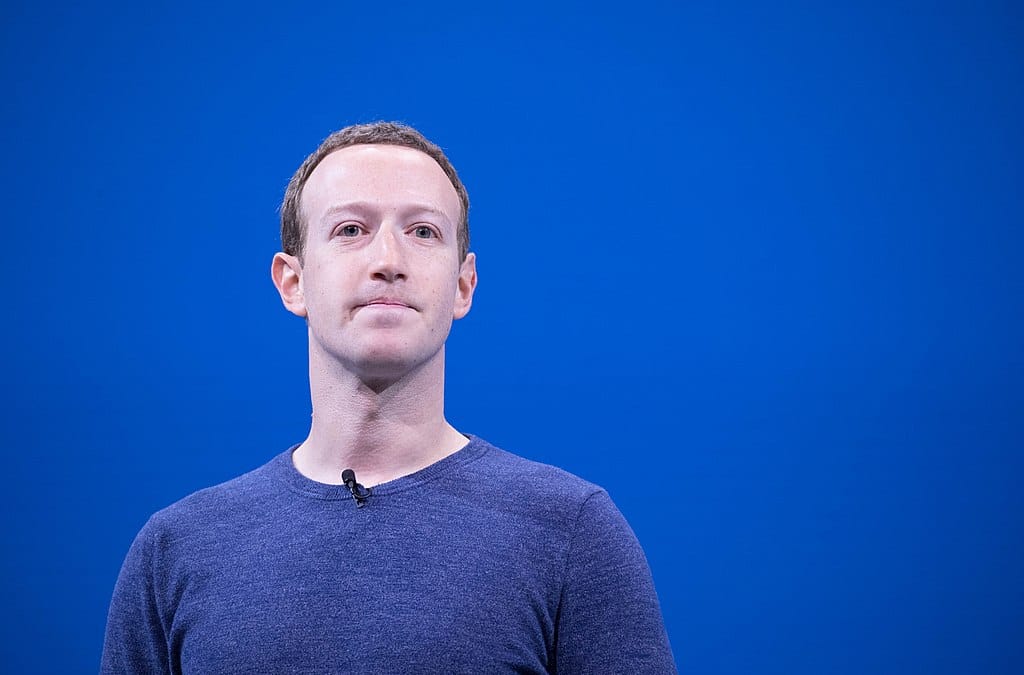Facebook Pauses Instagram for Kids, $1.2B from Emergency Connectivity Fund, Ransomware Attacks
Facebook pauses photo-sharing app for kids, FCC announces $1.2B in first wave of ECF, ransomware attacks on the rise.

September 27, 2021 – Facebook-owned Instagram has announced that it is “pausing” the development of an equivalent product for kids under 13, following pressure from lawmakers after a report emerged that showed the company knew about the impact of its platforms on kids’ mental health.
The head of the photo sharing application Instagram, which is forbidden for children under 13, said in a blog post Monday that building “Instagram Kids” is the “right thing to do, but we’re pausing the work.”
“We’ll use this time to work with parents, experts and policymakers to demonstrate the value and need for this product,” Adam Mosseri said in the post, adding the company is looking to build opt-in parental supervision tools for teens.
The development comes after lawmakers sent a letter to Facebook demanding that it halt the idea after a report in the Wall Street Journal unveiled internal company research that showed Instagram is harming kids’ mental health. Mosseri acknowledged the research, according to the Journal.
“Critics of ‘Instagram Kids’ will see this as an acknowledgement that the project is a bad idea. That’s not the case,” Mosseri said. “The reality is that kids are already online, and we believe that developing age-appropriate experiences designed specifically for them is far better for parents than where we are today.”
In response to the news, senators Edward Markey, D-Massachusetts, Richard Blumenthal, D-Connecticut, and representatives Kathy Castor, D-Florida, and Lori Trahan, D-Massachusetts, who wrote concerned letters to Facebook about the app in development, said they are “pleased” about its pausing.
“We are pleased that Facebook has heeded our calls to stop plowing ahead with its plans to launch a version of Instagram for children. A ‘pause’ is insufficient, however. Facebook has completely forfeited the benefit of the doubt when it comes to protecting young people online and it must completely abandon this project,” said the lawmakers in a joint statement.
“Time and time again, Facebook has demonstrated the failures of self-regulation, and we know that Congress must step in. That’s why we will be re-introducing the Kids Internet Design and Safety (KIDS) Act, which will give young internet users the protections they need to navigate today’s online ecosystem without sacrificing their wellbeing. We urge our colleagues to join us in this effort and pass this critical legislation.”
FCC announces $1.2 billion from first wave of Emergency Connectivity Fund
The Federal Communications Commission said Friday that it is committing $1.2 billion from its first wave of applicants for its $7-billion Emergency Connectivity Fund program.
The money will go to 3,040 schools, 260 libraries and 24 consortia, which will produce roughly three million devices and over 700,000 broadband connections to connect over 3.6 million students. The fund provides funding for schools and libraries to buy laptops, tablets, Wi-Fi hotspots, modems, routers, and general connectivity.
The first round of applications, which closed in August, requested a combined $5 billion for 9.1 million devices and 5.4 million broadband connections.
The money is allocated to all 50 states, Guam, Puerto Rico and D.C. Rural libraries and sprawling urban school districts alike will be impacted. New York received the most funding of any state with 243 million this round, beating Texas’ 97 million and California’s 71.
The window to file applications for funding will open again between September 28 and October 13.
Ransomware attacks have reached ‘stratospheric’ levels, warns report
Ransomware accounted for 69 percent of cyber-security attacks involving malicious software in the second quarter of 2021, found Positive Technologies, published Wednesday.
Ransomware is the holding of data hostage for money. The types of cyber security attacks on retail indicate that hackers have shifted from trying to steal large amounts of data to seeking direct financial gain, the report found.
Attacks on government “soared” from 12 percent in the first quarter this year to 20 percent of attacks on all institutions in the second quarter.
Governmental, medical, scientific, educational and industrial firms were the most common targets of ransomware attacks in the second quarter of 2021, it said.
The report follows high-profile attacks on transport company Colonial Pipeline and software company SolarWinds.









Member discussion